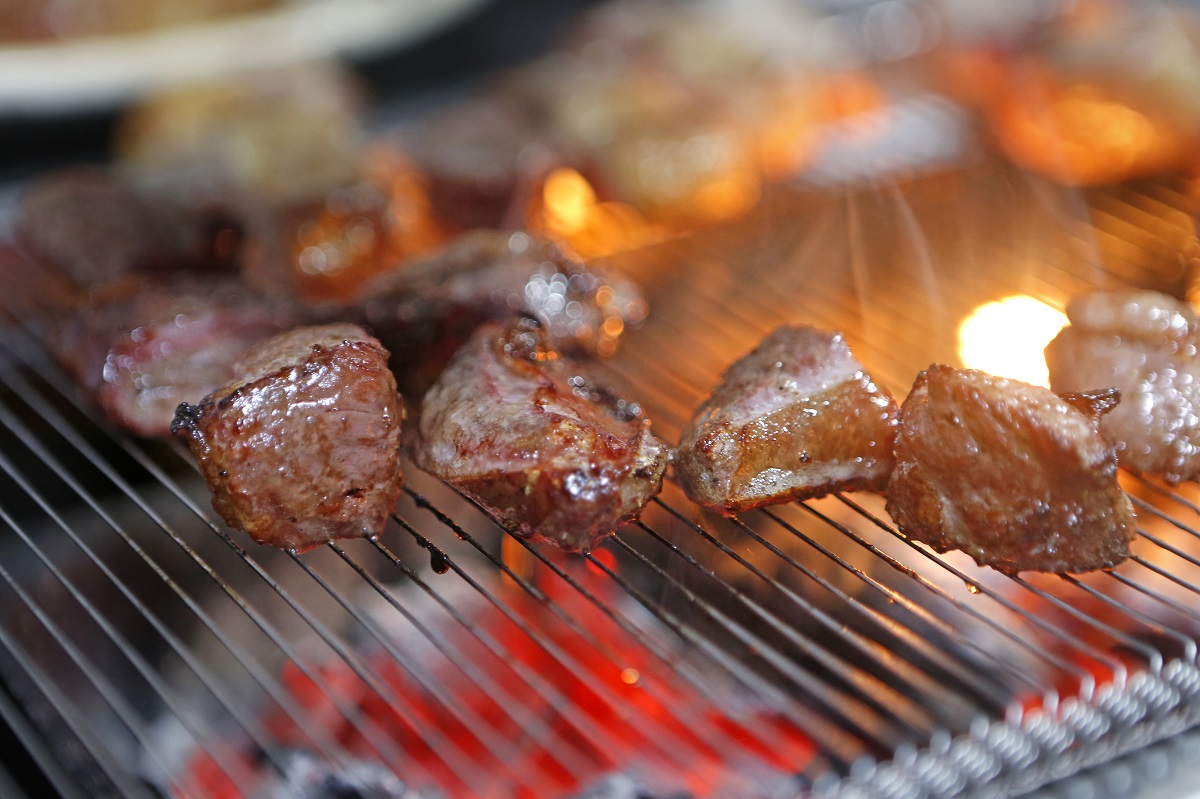Cutting the part of the cigarette increases the risk of carcinogens.
Grilling meat or fish over high heat can produce HCAs (heterocyclic amines). HCAs are a type of carcinogen, and they are rarely formed below 100°C, but once the temperature exceeds 200°C, the amount produced increases by nearly three times. Especially when grilling meat outdoors over an open flame, there is a high likelihood of cooking at temperatures above 200°C. At this high temperature, a significant amount of HCAs are generated.
Even if the charred parts are cut off, harmful substances may remain in the meat. When the meat comes into direct contact with flames, carcinogenic PAHs (polycyclic aromatic hydrocarbons) can be produced. PAHs can remain not only in the meat but also in the smoke generated during grilling. Removing the charred parts and eating it once or twice is okay, but consuming it regularly over a long period can have adverse effects on health.
◇Grilling first, marinating with herbs helps.
It is important to be careful not to burn the meat when grilling. Doing a preliminary partial cooking first can be helpful. This involves microwaving the meat for 1-2 minutes before grilling. The microwave's microwaves break down compounds that form HCAs in the meat, making it effective. Pepper should be sprinkled after the meat is fully cooked. Sprinkling pepper before grilling can increase the content of acrylamide, a known carcinogen.
Marinating meat with herbs before grilling is also an effective method. Herbs such as thyme and fennel contain anticancer compounds that prevent the formation of carcinogens. After crushing the herbs to extract their juice and mixing it with lemon juice, wine, or vinegar, you can create a unique seasoning sauce. It is recommended to clean the grill with a paper towel or a metal brush before and after grilling. This is because the fat from the meat can burn and stick to the grill, potentially containing carcinogens. Additionally, carcinogens may be present in this residue. After cleaning, the grill should be rinsed with hot water to sterilize any remaining bacteria, such as E. coli.
